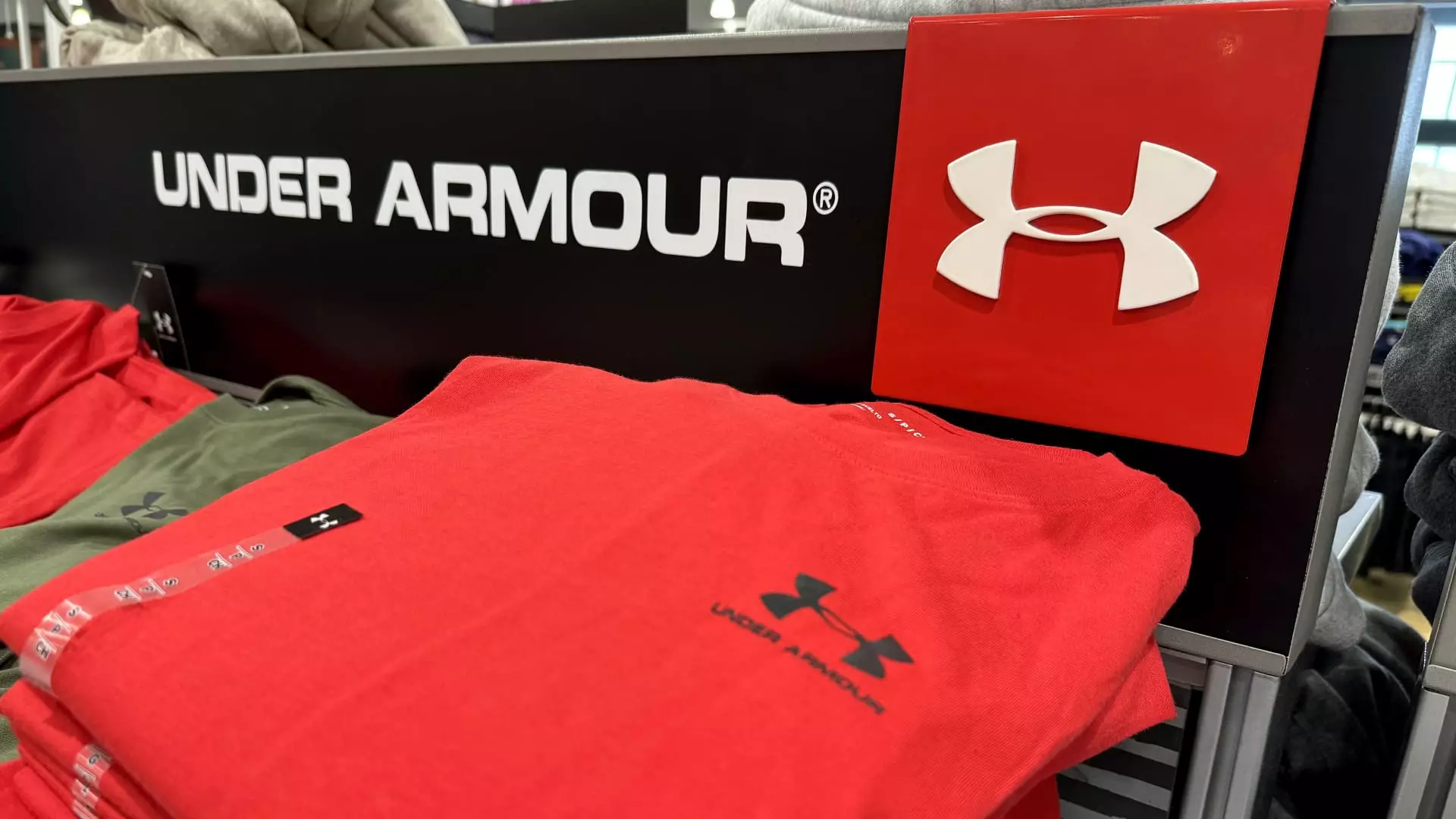Under Armour recently announced a decline in sales, but surprisingly, the athletic apparel retailer managed to exceed Wall Street’s expectations for its fiscal first quarter results. This feat caused the company’s stock to surge significantly in early trading. The company reported earnings per share of 1 cent adjusted versus an expected loss of 8 cents and revenue of $1.18 billion compared to an expected $1.15 billion.
Despite the positive results, Under Armour did report a loss of $305.4 million in the three months ending June 30. This marks a stark contrast from the $10 million profit reported during the same period a year earlier. The company is also in the process of settling a securities lawsuit dating back to 2017, which accuses them of defrauding shareholders regarding revenue growth to meet Wall Street expectations. Although Under Armour denies any wrongdoing, they settled the case for $434 million to avoid the costs and risks associated with litigation.
Looking ahead, Under Armour anticipates a loss for fiscal 2025, with losses per share expected to range between 53 and 56 cents. This is a significant departure from their previous earnings forecast. The company is currently undergoing a broad restructuring plan in an attempt to revitalize its brand, reverse a sales decline, and boost profitability. This strategy includes layoffs, reduction of promotions and discounts, and alignment with a premium brand positioning.
Despite the restructuring efforts, sales at Under Armour continued to decline during the quarter. In North America, the company’s largest market, sales dropped by 14%, although this was higher than analysts’ expectations. Wholesale and direct-to-consumer sales also saw decreases, with online sales taking the biggest hit due to reduced promotional activities. Revenue for apparel, footwear, and accessories all experienced declines, reflecting the challenges faced by the brand.
To position itself as a premium retailer in an increasingly competitive market, Under Armour is expanding into sustainable fashion. The company recently acquired Unless Collective, a sustainable fashion brand, and appointed its founder, Eric Liedtke, as executive vice president of brand strategy. Unless Collective specializes in plant-based, zero-plastic regenerative fashion, aiming to demonstrate the feasibility of replacing plastics in apparel and footwear manufacturing.
While Under Armour’s first quarter results were better than anticipated, there remain challenges ahead in returning to growth. The transition to a premium positioning and focus on core fundamentals will take time to materialize fully, with the impact of new products not expected until the second half of fiscal 2026. Risks include maintaining a strong brand image and product portfolio in a fiercely competitive industry, alongside the need to address turnover in senior management and CEO Kevin Plank’s dominant voting control.
Under Armour’s journey reflects the dynamic nature of the retail industry and the challenges faced by established players seeking to adapt to changing consumer preferences. While the brand has made strides in restructuring and positioning itself for growth, the road ahead remains uncertain. Only time will tell whether Under Armour can regain its footing and emerge stronger in the competitive athletic apparel market.

Leave a Reply